The social-media terms 'girl pretty' and 'boy pretty' shouldn't exist—here's why they're so problematic
This trend creates new beauty standards and obstacles
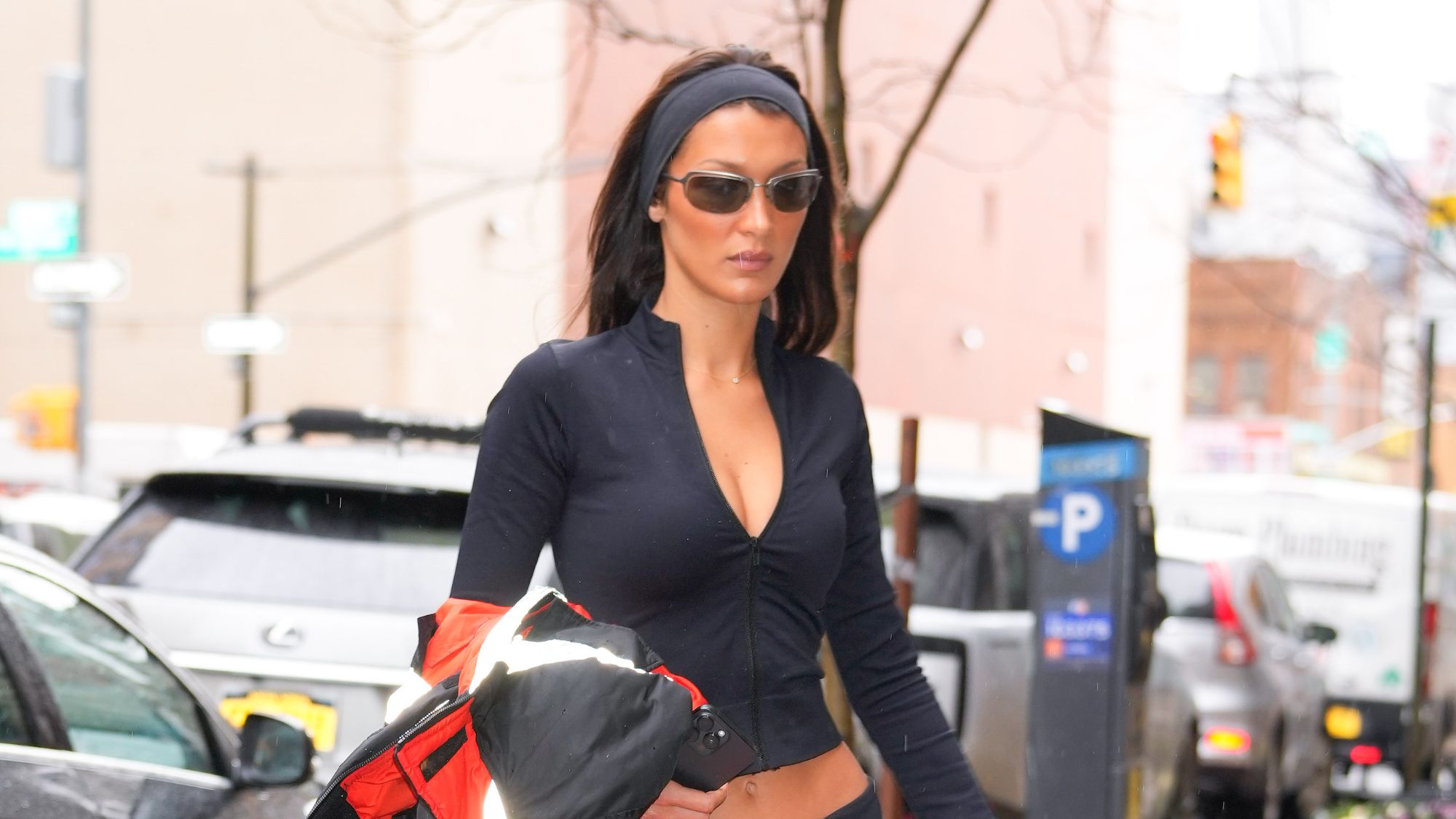
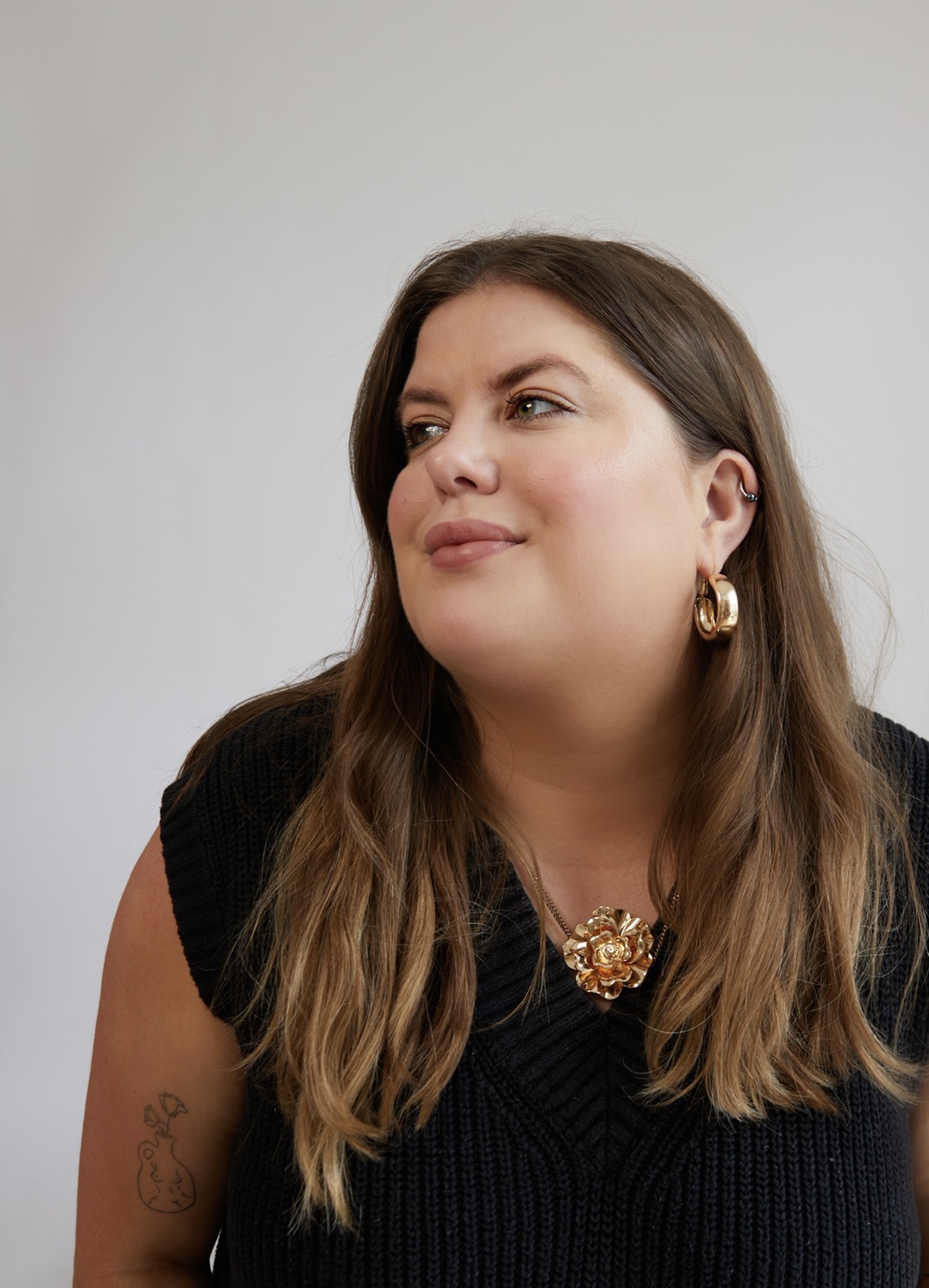
Let’s be honest, there are countless trite TikTok trends out there. Some are silly, entertaining and harmless, while others cross over into promoting damaging beauty ideals, while being problematic and misogynistic. The latest one on my fyp to fall into the latter category is ‘girl pretty vs. boy pretty’. No, you’ve not been transported back to the 2010s – this is happening in the big year of 2023!
‘Girl pretty vs. boy pretty’ is a viral debate which has created two categories of attractiveness for women and aims to differentiate between physical traits that women find attractive versus what men find attractive. TikTok user @burnt.siennuh shared a video in October expressing her disappointment at being ‘girl pretty’ not ‘guy pretty’, which has currently seen over 3.3 million views. The comments range from confusion, like ‘Why are people making new insecurities everyday guy pretty girl pretty who cares if ur pretty ur pretty’ [sic], to discussion over which is preferable, ‘Being guy pretty but not girl pretty < ’. Since then, the trend has blown up and entered discourse across social media.
@burnt.siennuh I dont understand
♬ club heaven - Nessa Barrett
Over recent years TikTok has fuelled categorisation of beauty into new heights, from 'deer pretty' to 'bunny pretty', 'siren eyes' to 'doe eyes', and now this. These trends, even when ironically used, create new beauty standards and obstacles for women – fostering insecurity and fuelling a sense of competition with other women. ‘Girl pretty vs. boy pretty’ – even more so than others before – is centring the male gaze and patriarchal beauty standards.
Macken Murphy, a ‘Scientist and Oxford graduate’ (as per his social media bios) has even gone so far as to chalk ‘Girl pretty vs. boy pretty’ up to science. In a video with 2.3 million views, he says: “There are plenty of reasons for women to say attractive women aren’t pretty.” He then lists three points: ‘competitor derogation’, ‘cross-sex mind-reading’ and ‘one data driven example’. In regards to the data-driven example, he says: “Women put a significantly higher priority on thinness as a component of attractiveness than men do. If you bring people into the lab and say ‘Which of these women has the most attractive body?’ women will consistently pick thinner women than men do. And frankly, I don’t think you need a study to know this. Just look at the visually apparent difference in BMI and body fat percentage between the models men admire and the models women admire.”
In my opinion, saying we don’t need a study to ‘know’ this is a highly assumptive suggestion, and one I think many women (myself included) would protest. In this section of the video, he cites a 2020 study (Lei & Perrett), and seems to have cherry-picked parts of the research to support his narrative. In actual fact, the study concludes: “Consistent with some prior studies (Bergstrom et al., 2004; Grossbard et al., 2011), the results showed that women misperceive and exaggerate the thinness that men prefer for both short-term and long-term partners. Likewise, we found that men tend to overemphasize the heaviness and muscularity of bodies that women prefer, in line with previous findings (Crossley et al., 2012; Demarest & Allen, 2000; Grossbard et al., 2011).”
@mackenmurphy ♬ original sound - Macken
The study puts this into perspective, and into broader societal context, saying: “It has been revealed that women’s misperceptions of men’s preferences for thinness are positively associated with eating disorders and negative body attitudes (Bergstrom et al., 2004). Similarly, the current study shows that men’s and women’s body dissatisfaction is associated with what they perceive the opposite-sex prefer.” The second ‘study’ he cites is a podcast episode where Murphy himself is the main guest – not quite as objective or 'data-driven' as the TikTok video would suggest, then.
It is not, therefore, as cut and dry as Murphy has framed the topic to be. Significantly, he does not take into account the patriarchal and misogynistic beauty pressures on women that demand said thinness of us. After watching the video it is unclear what concrete science there is to support 'boy pretty vs. girl pretty'.
Marie Claire Newsletter
Celebrity news, beauty, fashion advice, and fascinating features, delivered straight to your inbox!
This mass dissection of what men find attractive in women, compared to what women prioritise, is nothing new. In 2012, GLAMOUR ran an article titled ‘Guy Pretty Vs. Girl Pretty’ where they polled men across America to see what they thought about women’s hair, make-up and nail trends. Men, apparently, prefer long hair to short and said that fake eyelashes ‘freak them out’. 2012 was a long time ago, and as a society I’d hoped we’d all outgrown this pedestaling of men’s opinions when it comes to what women look like. But, if TikTok is anything to go by, it’s still very much alive and kicking (our self-esteem).
When trying to figure out what these (mostly young girls and women) on social media think ‘guy pretty’ or ‘girl pretty’ are, I came up short. There is no agreement or common definition. One comment reads: “Some say ‘boy pretty is like Summer Ray [sic], girl pretty is like Bella Hadid. They're usually blonde for some reason [and] they get more attention in public." While someone else replied: “It’s literally proven guys prefer dark hair”.
Over on X, posts have gone viral echoing my confusion. A lot of the women ‘referenced’ in these videos or moodboards all look… very similar. On both ‘sides’ the women featured are majority white, thin and young. This really is just archaic beauty standards in new clothes.
The reason I can’t find a clear thread throughout this whole discourse is because there isn’t one. It’s not real. We are not ‘girl pretty’ or ‘guy pretty’. It is an invention.
now wait a minute pic.twitter.com/lvdYYlr77zDecember 4, 2023
Unfairly these trends that objectify attractiveness are always aimed at women; men don’t have to worry if they are girl handsome or guy handsome, because society does not calculate their worth based on attractiveness on the same scale it does for women. Boys do not go on TikTok and obsess over whether they have fox-shaped eyes or a deer-like prettiness, because the world is not as hyper-fixated on the commodification of their beauty as it is with girls. They are not asking influencers in comment sections ‘Am I girl or guy pretty?’ or feeling unworthy because they don’t think they fit into either.
'Girl pretty vs. guy pretty' aren't separate categories, but deeply entrenched biases and subjective opinions. It's another arbitrary and exhausting standard created out of thin air, and it's affecting young girl's self-esteem.

Chloe is a London-based freelance journalist and poet, who specialises in gender equality, beauty, and culture. She is a contributing editor at Glamour, and has written for the likes of Dazed, Refinery29, Vogue, Cosmopolitan, Vice, and many more. In 2017, she founded the feminist platform FGRLS CLUB.
-
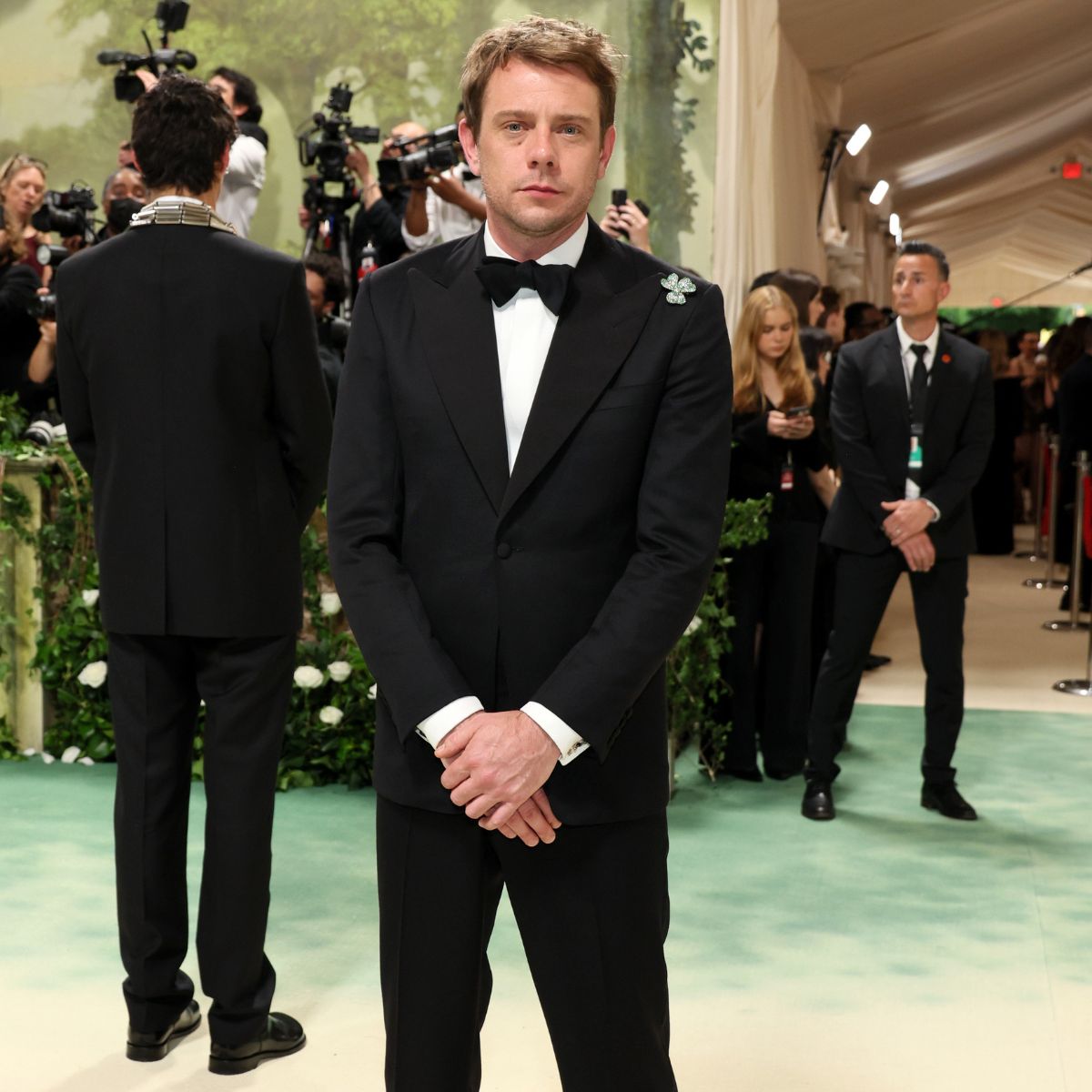 Jonathan Anderson is going to Dior Men
Jonathan Anderson is going to Dior MenHis debut collection will be this June
By Mischa Anouk Smith
-
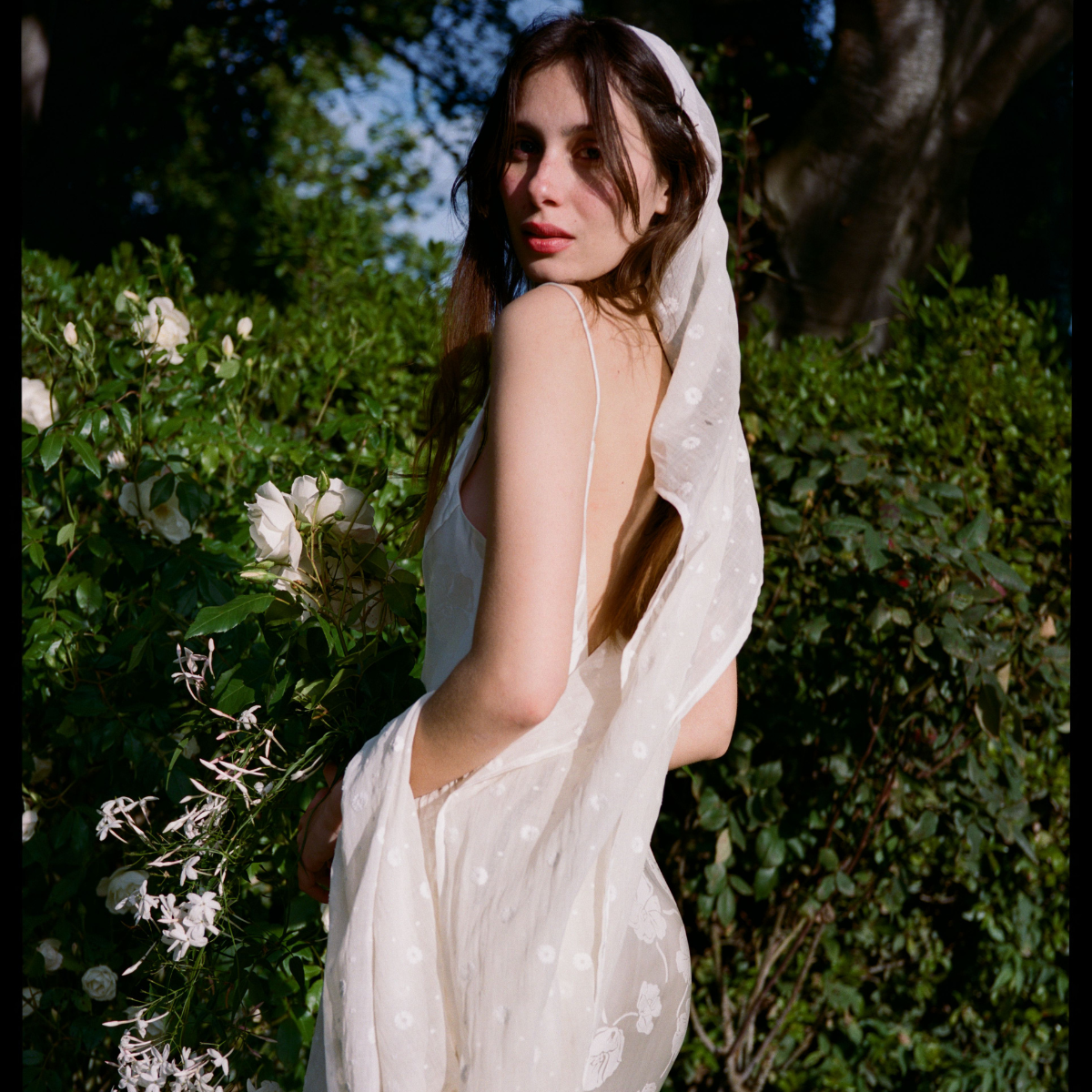 I'm a 2025 bride and these are the best affordable wedding dresses I've found
I'm a 2025 bride and these are the best affordable wedding dresses I've foundLess than £1,000 but still the height of chic
By Sofia Piza
-
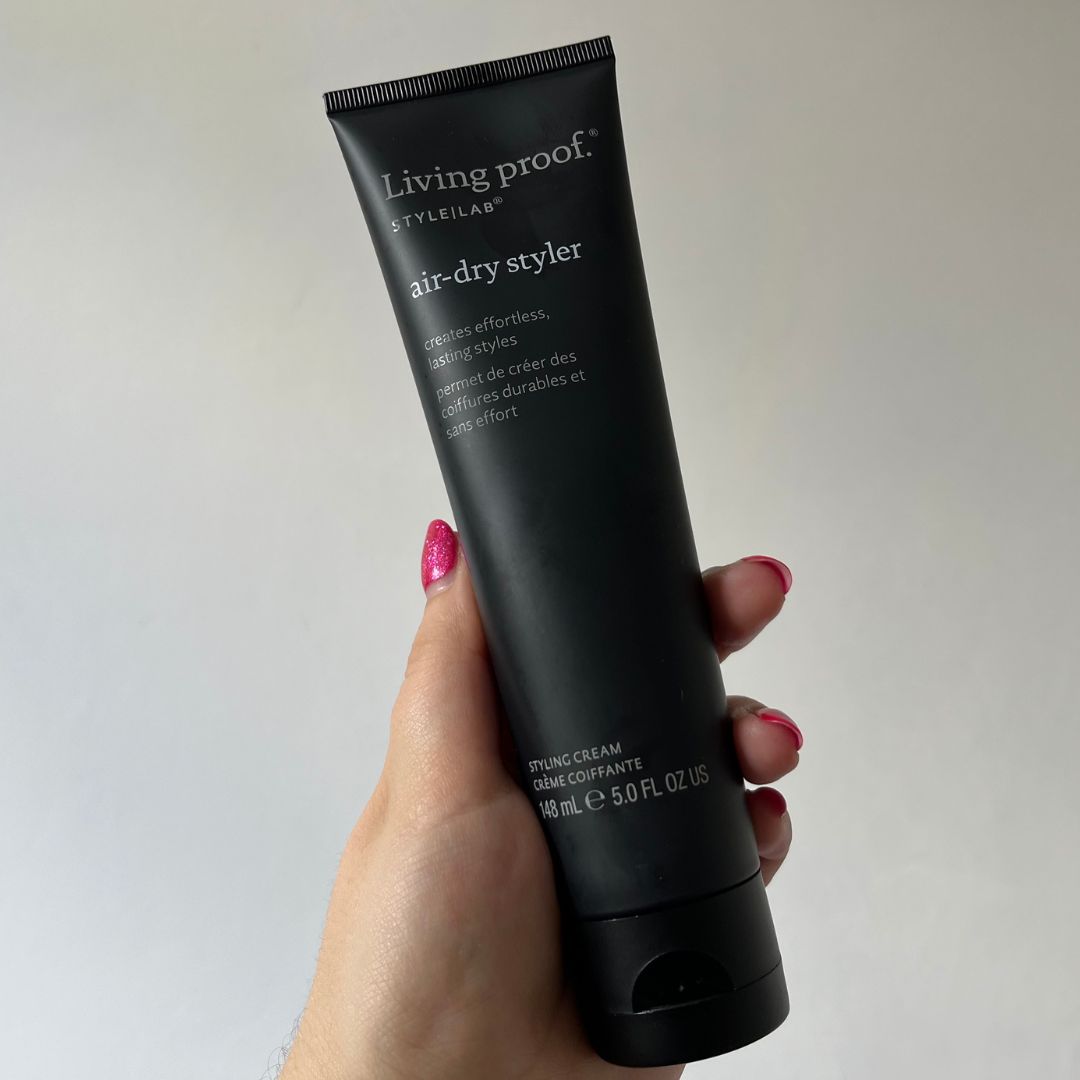 I haven't worn my hair completely natural for years, but this air-dry styling cream has made me love my waves again
I haven't worn my hair completely natural for years, but this air-dry styling cream has made me love my waves againI will never be without this
By Amelia Yeomans